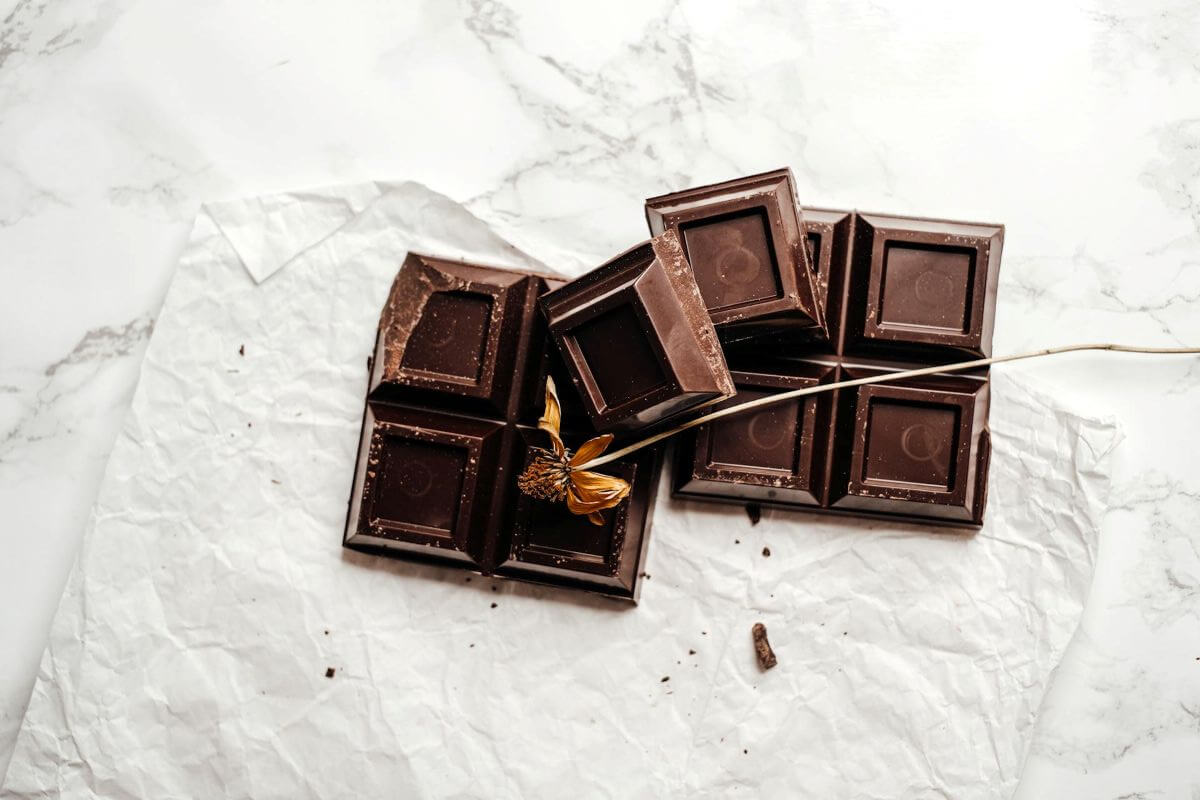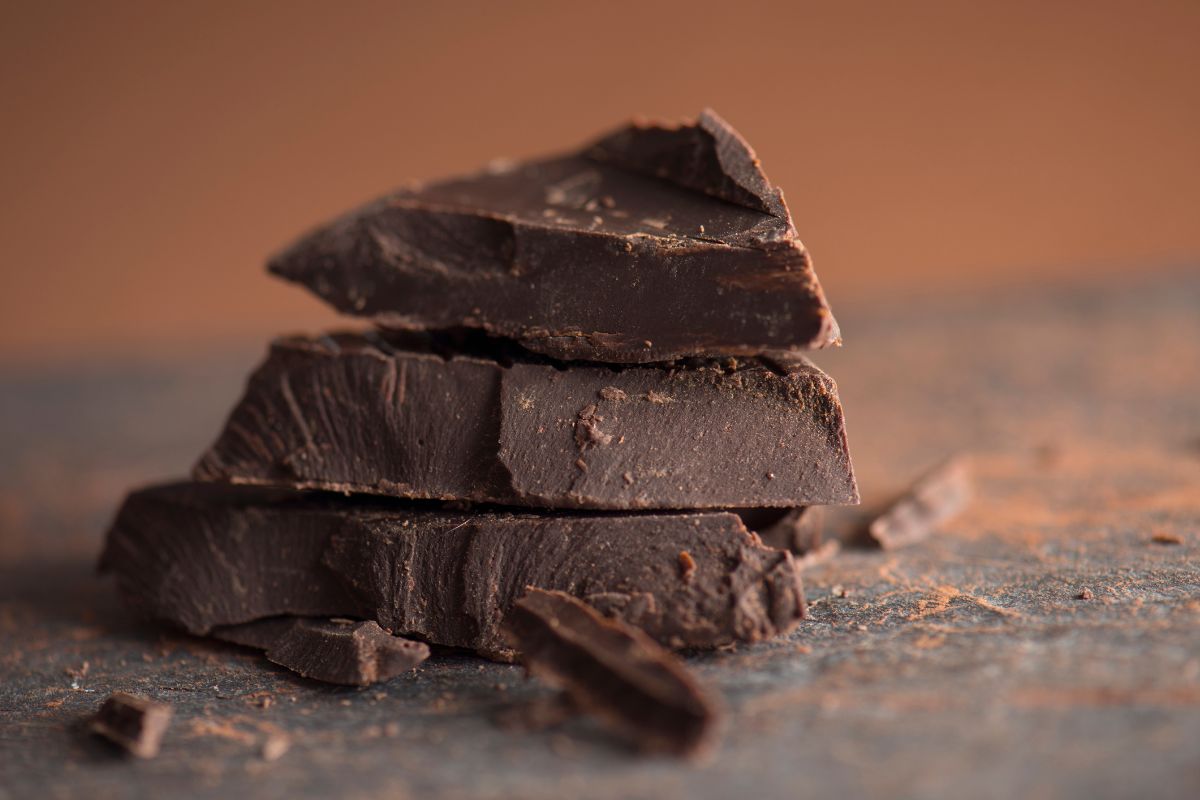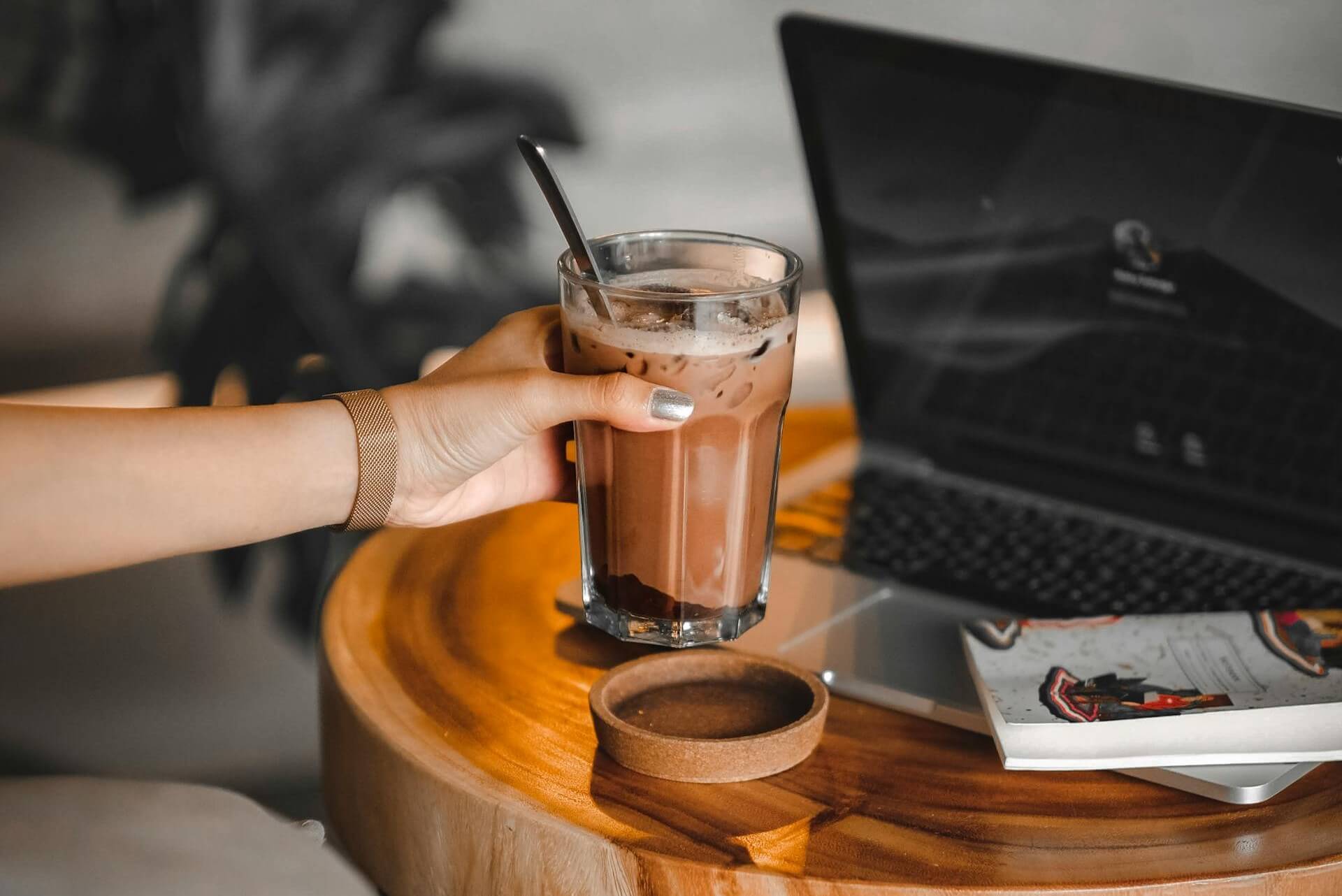The side effects of cacao are few and pretty uncommon when drunk in moderate amounts. But if you’re eager to introduce more cacao into your life or use it to support others, you’ll need to understand who should avoid cacao and the full spectrum of cacao risks. Read on for all you need to know.

Cacao has been drunk for thousands of years for its physical, emotional and spiritual benefits. It’s an amazing source of many nutrients, heart-protective compounds and mood-boosting molecules.
In the vast majority of people, drinking cacao as a daily ritual elevates body, mind and soul without negative effects. But for some, cacao’s compounds can interact with existing medical conditions, allergies or medications - and that's when unexpected side effects appear.
The best way to avoid the potential side effects of cacao? That's easy. Just get familiar with who should avoid cacao and why.
So, with that in mind, let’s explore the most common side effects of cacao and their causes.

The most common side effects of cacao
Before we dive into the list, it’s important to make one thing clear: on the whole, cacao is safe. Very safe.
The majority of cacao risks arise when people drink much larger doses than the recommended ceremonial dose of 35 to 40g.
If you want to take a full ceremonial dose, try doing so once or twice a week instead of daily.
Most people who drink cacao every day reap the full benefits with just one daily dose of up to 25g, so there really is no need to drink a ceremonial dose every single day.
And if you're someone who likes to have several cups of cacao a day, try taking a smaller amount per cup (e.g. 10-15g).
Stick to these rules and your chances of experiencing the side effects of cacao will be much lower.
But it's still useful to know what to look out for if cacao doesn't agree with you, so here are the potential cacao risks.

Dehydration
Cacao contains the substance, theobromine, which isn’t just a stimulant, it’s also a diuretic. A diuretic encourages your kidneys to remove salt and water from your body as urine. That’s why you may notice that you need to pee soon after drinking a cup of cacao… and most people feel thirsty within an hour or two of finishing a cup of cacao.
If you have a moderate amount of cacao, the diuretic effect of theobromine will be mild and short-lived, but if you have a larger amount or many cups throughout the day, you’re more likely to become dehydrated from peeing so much.
And the effect is even more noticeable if it’s a hot day, you don’t stay well hydrated or you take medication or supplements that act as diuretics (e.g. some blood pressure-lowering tablets, and herbs like nettle, dandelion or parsley).
Caffeine is also a diuretic and it's present in cacao in small amounts. So, be mindful of drinking high-caffeine drinks like black/green tea, matcha or coffee when taking cacao as they can also increase your risk of dehydration.
Headaches or migraines
When it comes to cacao side effects, headaches are often top of the list for two reasons.
Firstly, cacao contains small amounts of caffeine (around 1/10th of that in coffee), so if you’re caffeine-sensitive and drink larger amounts of cacao, you may develop a caffeine headache.
The good news is that caffeine headaches usually wear off as the caffeine is cleared from your body. Drinking lots of water also helps. But the best way to avoid this type of headache is to never drink more than 40g of cacao in one day.
The second reason headaches are sometimes linked with cacao, is that for people prone to migraines, chocolate or pure cacao may make them worse.
What’s interesting is that while people often report chocolate as a migraine trigger, many studies, including this large review of 25 studies on chocolate and migraines, have found no conclusive evidence to support the idea that chocolate really does cause migraines.
Regardless of the published research, if you know that chocolate seems to make your migraines worse, avoid cacao or only drink it in small amounts.

Heart palpitations
Cacao contains two stimulants, theobromine and caffeine. Both increase your heart rate. In moderate amounts and in people who aren’t particularly sensitive to caffeine, this raised heart rate is mild and can feel like a pleasant rise in energy and wellbeing.
But if you drink too much cacao or you’re caffeine sensitive, your increased heart rate may be very noticeable and feel like your heart is racing or you’re having palpitations.
As with the other side effects of cacao, you can keep the risk of palpitations low by not going overboard when you drink cacao.
Indigestion and acid reflux
If you have acid reflux, indigestion and other symptoms that suggest that acid from your stomach rises into your gullet (oesophagus) from time to time, take care. Cacao may make these symptoms worse.
This is because cacao contains the substance, tryptophan, which increases the amount of serotonin in your bloodstream. Serotonin relaxes the valve that usually prevents stomach acid from flowing back into your gullet. When this valve is relaxed, it doesn't work well, making it easier for acid to come out of your stomach and cause reflux symptoms.
If you’re prone to acid reflux or indigestion, start with small doses of cacao and watch how you respond. If it triggers your symptoms, you may need to avoid it.
Diarrhoea and IBS
Not only does cacao stimulate your bowels, but it’s also a good source of prebiotics.
The result?
You’re likely to open your bowels more often if you drink cacao regularly.
But on the other hand, if you have irritable bowel syndrome (IBS) or issues with diarrhoea, cacao could make your symptoms worse. What’s confusing is that if you have IBS that causes constipation, you may find that cacao makes your symptoms better.
The best approach here is to start with low doses of cacao (around 10g) and watch how you respond. You can slowly increase the dose if you don’t notice any side effects.

Sleep problems and strange dreams
When it comes to sleep, cacao is a bit of an oxymoron.
Because the theobromine in cacao is a stimulant, drink too large a dose too close to bedtime and you may struggle to fall asleep. But if you drink small amounts close to bedtime, you may have an amazing night’s sleep.
This may be because cacao contains tryptophan, which is turned into serotonin in your body - and then serotonin is turned into melatonin.
Serotonin not only calms you down, it also reduces heart rate, blood pressure and body temperature - perfect conditions for a good night’s sleep. While melatonin naturally primes your body for sleep.
Add to this the fact that cacao is rich in the muscle-relaxing, anxiety-reducing mineral magnesium, and it’s clear why cacao can help with sleep.
The final effect cacao may have on your sleep is something known as cacao dreams. These are most commonly noticed if you have a large dose of cacao close to bedtime (often in an evening cacao ceremony).
So, what are cacao dreams?
Two words: strange dreams.
The content of these dreams may be usual, fantastical or may feel more vivid than normal.
It’s thought that this effect is caused by tryptamine in cacao.
What about baked cacao side effects?
It’s sometimes thought that baked or roasted cacao has different side effects to raw or unroasted cacao.
It doesn’t.
The biochemical makeup of roasted and unroasted cacao is very similar, which means the same cacao risks exist for both.
However, roasted or baked cacao may have more mood-improving benefits than unroasted or raw cacao. Research suggests that roasting cacao beans at low temperatures (around 130°C) raises levels of the mood-boosting amines phenylethylamine and tryptamine.

Who should avoid cacao?
Cacao is safe for the majority of people, but there is a small group of people who may need to avoid or drink it with caution. Speak to your doctor before drinking cacao if you:
-
are allergic to theobromine - an allergy to theobromine may lead to symptoms like hives, a racing heart, sweating, shortness of breath and feeling unwell after drinking cacao.
-
are pregnant and in your third trimester - read this article on cacao and pregnancy for a full breakdown of when it’s safe to take cacao in pregnancy and how much to take
-
have a bleeding disorder - cacao can slow down blood clotting, which can increase your risk of bleeding if you already have a bleeding disorder
-
are taking MAOI antidepressants, medication for high blood pressure, blood thinners (anticoagulants), ADHD medication (e.g. Adderall)
-
are taking other types of stimulants, including herbs, supplements or recreational drugs
This article was a complete guide to the side effects of cacao and cacao risks.


